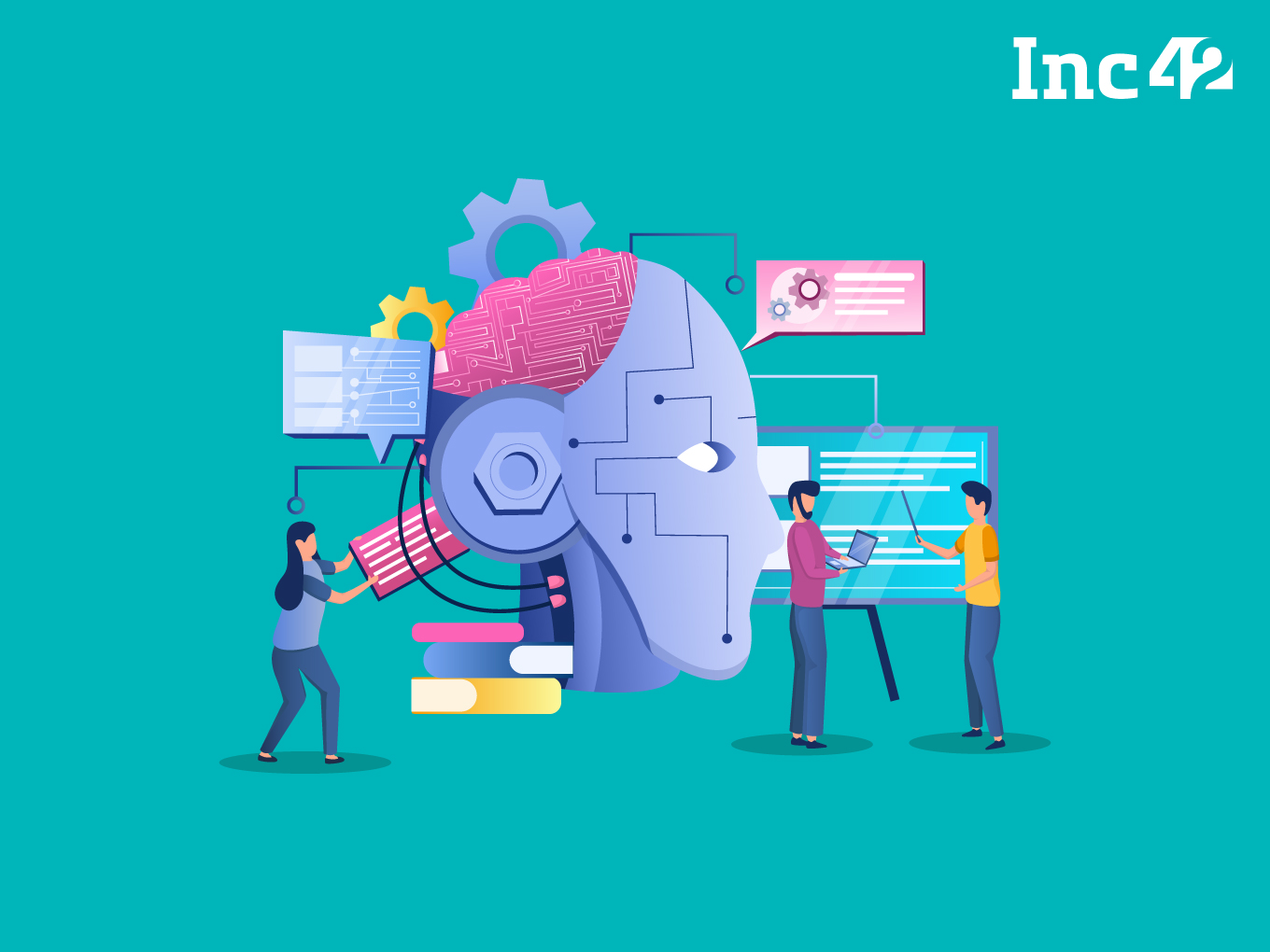Here’s Everything You Need To Know About Generative Adversarial Network

What Is A Generative Adversarial Network?
A generative adversarial network (GAN) is a type of machine learning model that uses two competing neural networks to generate new data that resembles the data it was trained on. Ultimately, the goal is for the generator to become so good that its creations are indistinguishable from real data.
How Do Generative Adversarial Networks Work?
A generative adversarial network works through a competitive dance between two neural networks: the generator and the discriminator.
The Generator
This network starts with random noise as input. Its job is to transform this noise into data that resembles the training data. For example, if trained on images of cats, it might generate an image of a new cat that looks realistic.
As it trains, the generator gets better at creating realistic data by learning what features and patterns the discriminator finds believable.
The Discriminator
This network receives both real data from the training set and fake data generated by the generator. Its job is to distinguish the real data from the fake data. It analyses the data and outputs a probability score indicating how likely it is that the data is real.
As it trains, the discriminator gets better at spotting fake data by being constantly challenged by the improving generator.
The Training Process
- The generator creates fake data.
- The discriminator evaluates both real and fake data, trying to tell them apart.
- Based on the discriminator’s feedback, the generator adjusts its process to create more realistic data.
- The discriminator, in turn, refines its ability to detect the increasingly convincing fakes.
- This cycle repeats, pushing both networks to improve.
- Essentially, the generator is trying to forge art, while the discriminator is the art critic. Through their ongoing competition, they both become experts in their respective domains, leading to the generator producing highly realistic creations.
However, there are some complexities:
- Finding the right balance between the generator and discriminator can be tricky, and sometimes the training process can diverge or collapse.
- Determining how ‘real’ the generated data is can be challenging, as it often depends on human perception.
How Are Generative Adversarial Networks Used In AI?
GANs have become a versatile tool in various AI applications thanks to their ability to generate new data. Here are some prominent uses:
Data Augmentation
In situations where acquiring real data is expensive or limited, GANs can generate synthetic data that resembles real data.
This “augmented” dataset can be used to train AI models more effectively, leading to improved performance. For example, GANs can create realistic medical images for training diagnostic algorithms or generate diverse faces for improving facial recognition systems.
Image & Video Editing
GANs can be used to manipulate images and videos in creative ways. This includes tasks like:
- Inpainting: Filling in missing parts of an image with realistic details.
- Style transfer: Transferring the artistic style of one image to another.
- Super-resolution: Enhancing the resolution of a low-quality image.
- Video effects: Generating realistic special effects for movies and games.
Creative Content Generation
GANs can unleash their creative potential by generating different forms of content, such as:
- Music: Composing new music in specific styles or even creating personalised soundtracks.
- Text: Generating poems, code, scripts, or even realistic news articles.
- Product design: Creating innovative product designs or prototypes.
What Are Some Of The GAN Variants?
The original GAN architecture has been incredibly successful, but researchers have developed numerous variants to address specific challenges and expand its capabilities. Here are a few notable examples:
Conditional GANs (CGANs): These allow additional information, like labels or text descriptions, to guide the generation process. For example, a CGAN trained on cat images with labels could generate images of specific cat breeds upon receiving the corresponding label.
Wasserstein GANs (WGANs): These address training instability issues of the original GAN by using a different loss function. They often show better convergence during training and can handle data with diverse scales.
Progressive Growing GANs (ProGANs): These tackle the challenge of generating high-resolution images by progressively building up the image detail in stages, starting from low-resolution versions. This allows for more efficient training and higher-quality outputs.
StyleGANs: These excel at generating high-fidelity images with controllable styles. They achieve this by disentangling the content and style information in the data, allowing for independent manipulation of each aspect.
CycleGANs: These enable image-to-image translation between different domains without paired training data. For example, a CycleGAN could translate images of horses to zebras or photos to paintings.
InfoGANs: These incorporate an information bottleneck layer that encourages the generator to capture meaningful and interpretable representations of the data. This allows for generating data with specific attributes or disentangling latent factors in the data.
The post Here’s Everything You Need To Know About Generative Adversarial Network appeared first on Inc42 Media.
No comments